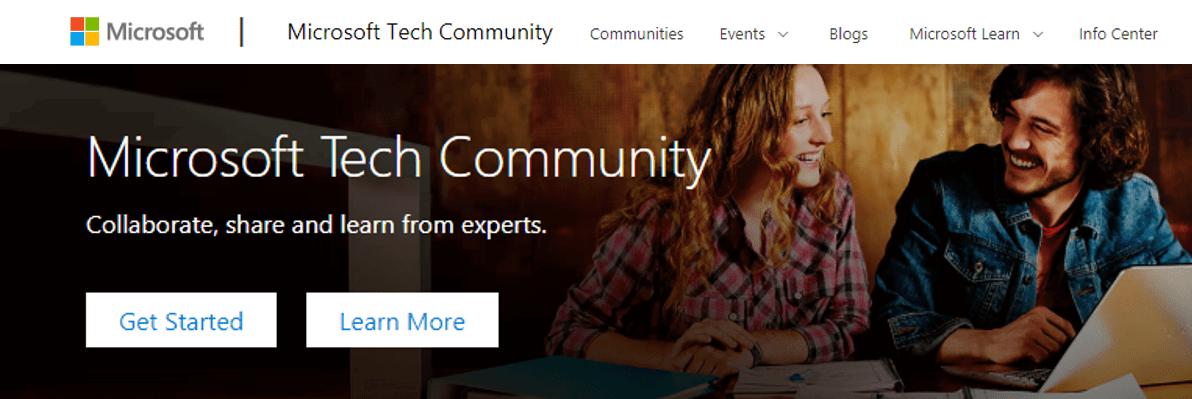
[ad_1]
This blog was published today on the Microsoft 365 Developer Blog, but given its relevance and importance to our readers we wanted to publish it here too.
Microsoft Graph is the modern API for the Microsoft 365 platform. We make continuous, significant investments in its security, performance, and features to ensure it meets the needs of our own product teams as well as the global ecosystem of developers who build applications using its capabilities.
While we’re investing in Microsoft Graph, we’re also examining our legacy surface areas. Some of our existing legacy services become obsolete based on the new functionality and they no longer provide the best way to access Microsoft 365 data. When this happens, we start the two-year process defined in our service deprecation policy to shut down the service in question.
Today we are announcing the deprecation of the Outlook REST API beta and Outlook REST API v2.0 endpoints, and that they will be decommissioned on November 30, 2022. Once past this date, these services will be retired, and developers may no longer access them. As part of the deprecation, we will soon disable creation of new Outlook REST API beta or Outlook REST API v2.0 applications.
Going forward, we will not be making any further investments in the capabilities or capacity of the Outlook REST API beta or Outlook REST API v2.0. This will result in two changes for developers. First, we will retire the OAuth Sandbox by December 31, 2020. Additionally, we have removed the “Exchange” app permission from the Azure portal. We have updated our documentation with additional information regarding creation of EWS apps.
If you are using the Outlook REST API beta or Outlook REST API v2.0 in your app, you should plan on transitioning to Microsoft Graph.
Please refer to: https://docs.microsoft.com/en-us/outlook/rest/compare-graph#moving-from-outlook-endpoint-to-microsof… as a starting point.
We understand that for some applications this change, even if anticipated, will require some amount of work to accommodate, but we are confident it will ensure better security, reliability, and performance for our customers. The Microsoft Support Community is here to support you through this transition.
Thanks for continuing with us on our journey as we continue to improve productivity for everyone on the planet, and please let us know if you have any additional questions or concerns by reaching out to our Q&A Mail forum.
The Microsoft 365 Team
Source link




